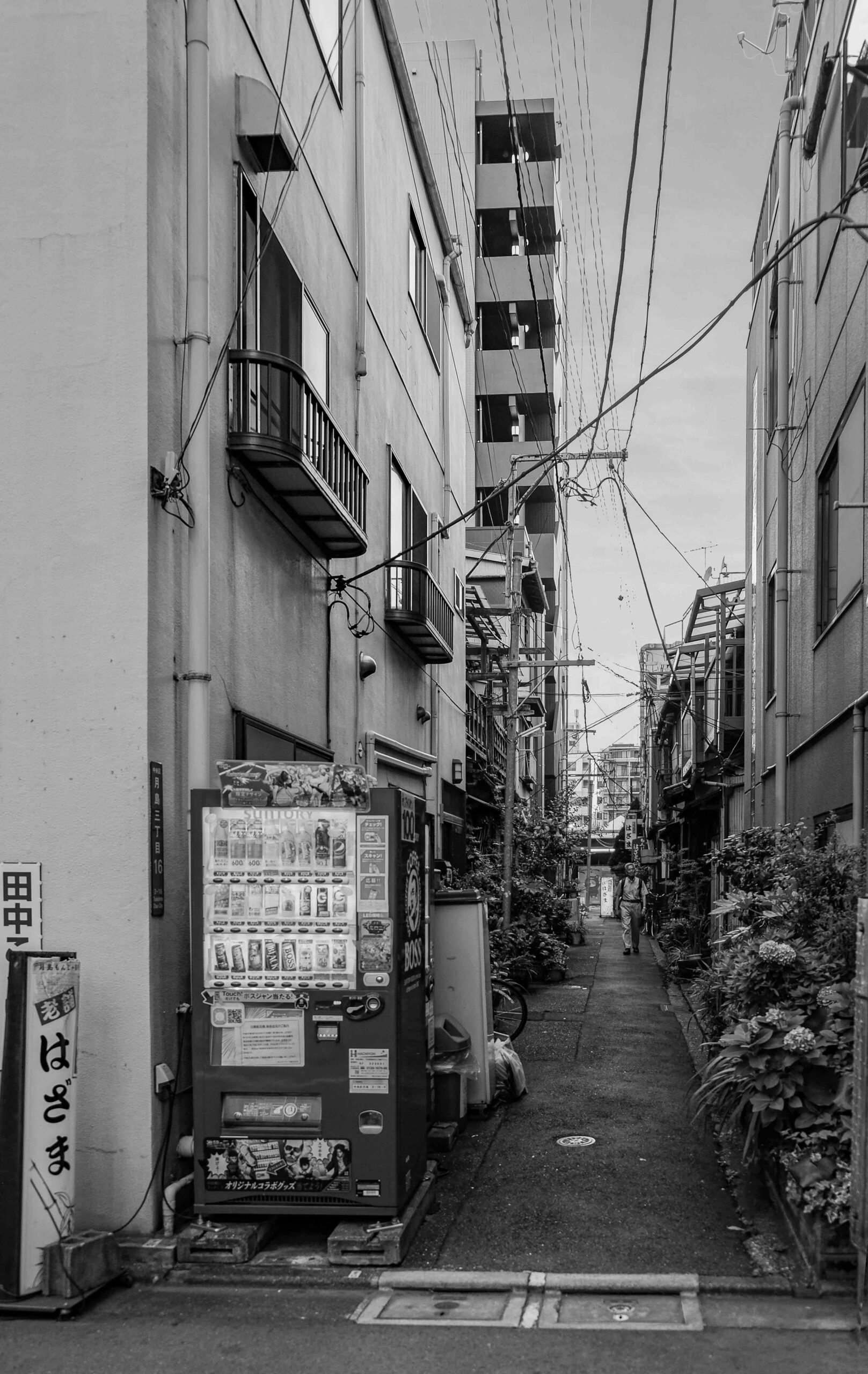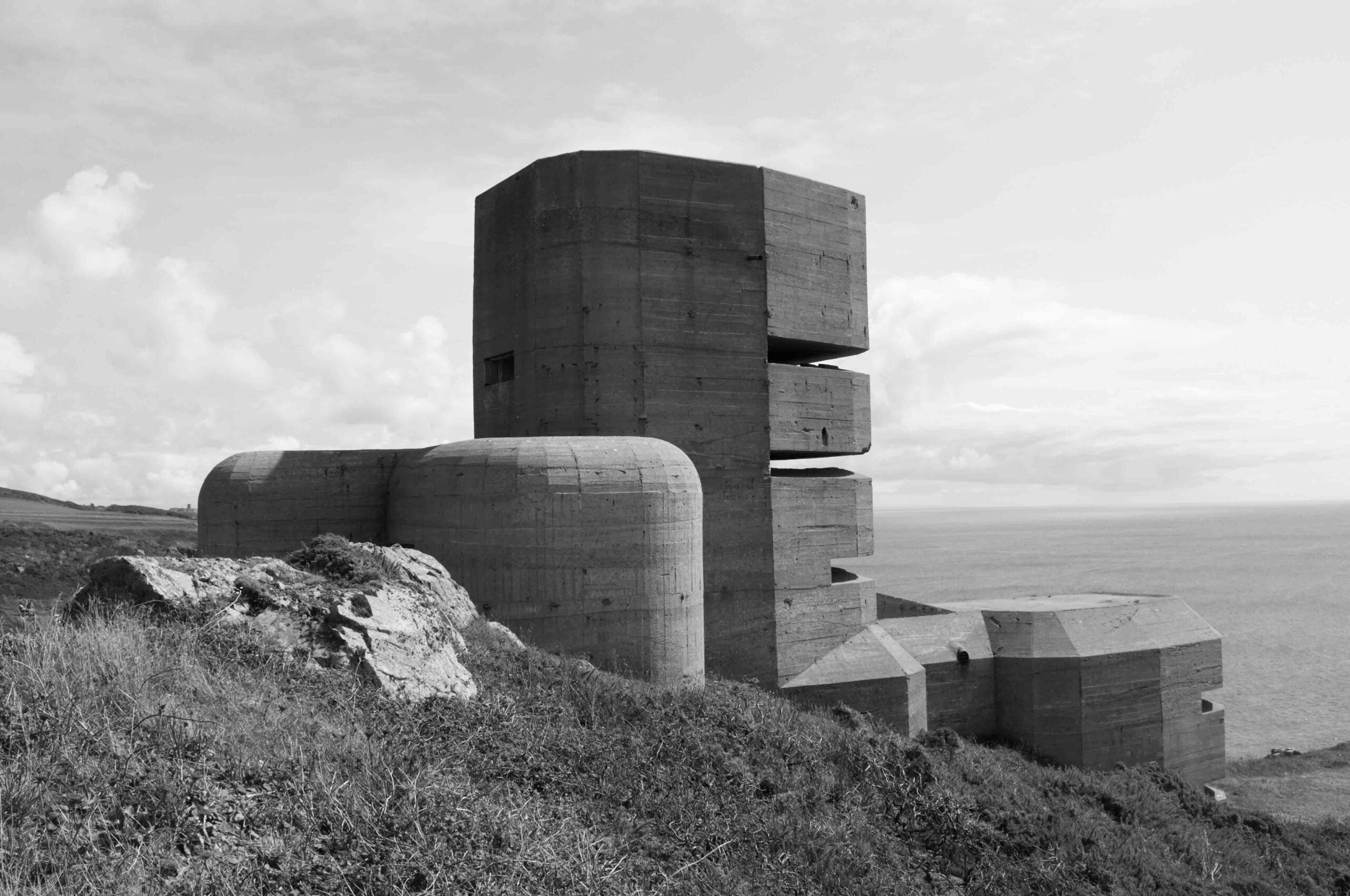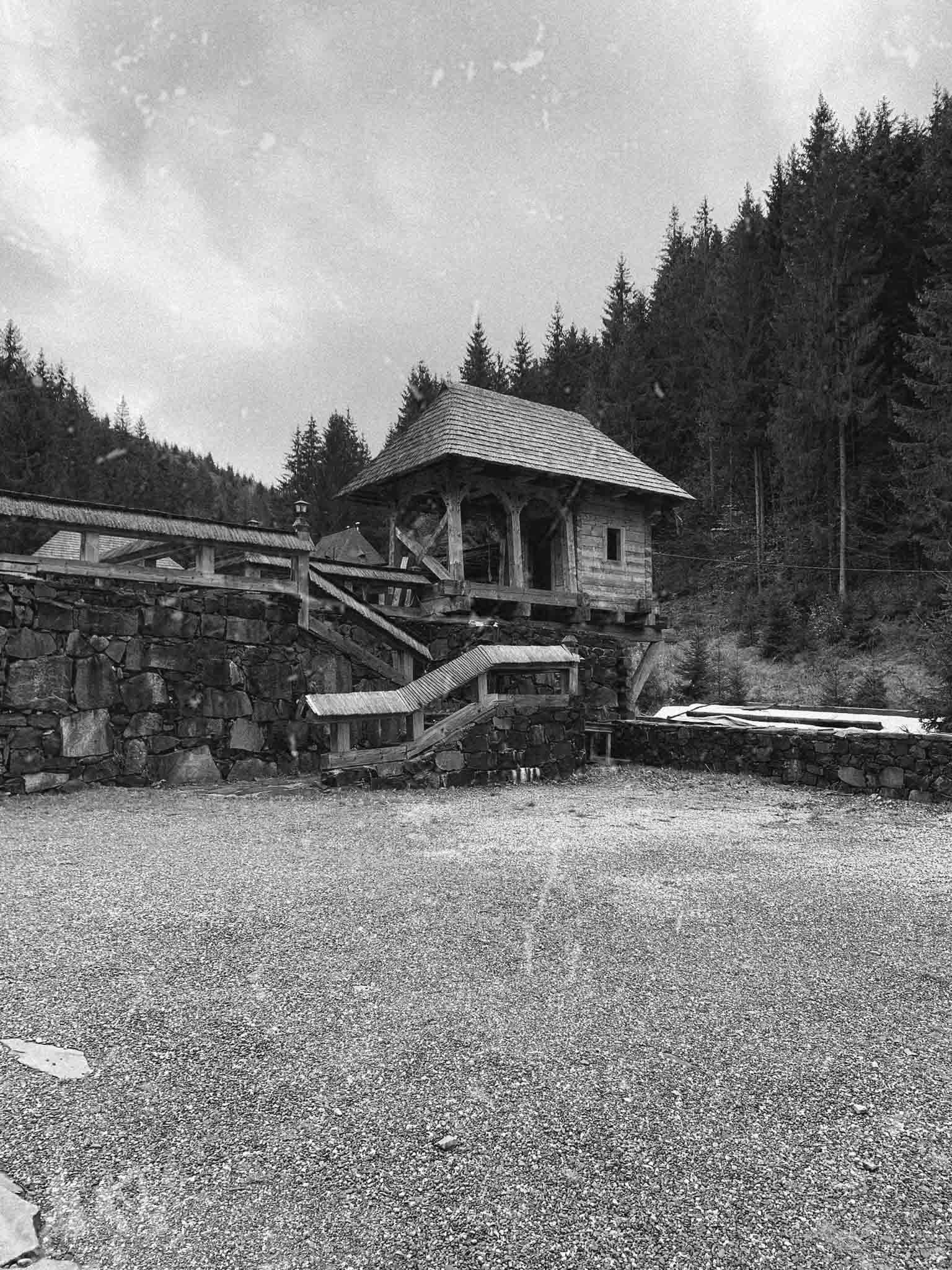MArch Dissertation Beyond Studio
Richard Difford, Lindsay Bremner, Harry Charrington, Davide Deriu, Kirti Durelle, Kate Jordan
The aim of the MArch dissertation is to encourage students to develop their ability to reflect critically, and with self-consciousness and confidence, on a topic relevant to architecture or urbanism. Each student chooses their own subject but the interests explored emerge out of research that begins almost a year earlier in the first year History & Theory seminar groups. Within these groups the students are guided by tutors well-versed in a broad range of interests and research methods; and committed to supporting the individual specialisms and scholarship of each student. A range of topics and a plurality of approaches is therefore encouraged. Ultimately, the ambition is that these dissertations will be distinguished, not by their adherence to any particular methodology, dogma or style, but by their high quality.
This year was no exception and there were many outstanding dissertations produced. Highlights include Chris Painter’s analysis of Binsey Walk, a linear housing block in Thamesmead. Painter analyses its form and traces its chequered history in the context of British social housing. By way of contrast, Ian Sivyer’s study, Displaced: The story of St Teilo’s Church, explores the fate of a church relocated from its original location in Pontardulais, South Wales, to St Fagans National Museum of History in Cardiff. This dissertation engages with issues of identity and authenticity and challenges the commonplace practice of displacing heritage. Equally insightful, but dealing with a very different subject matter, Rada Daleva’s dissertation, From Pixels to Patterns, addresses the pressing question of artificial intelligence’s impact on architectural design. Situated in the theory and history of aesthetics, this study investigates the potential of AI to provide new insights into aesthetic preferences.
Other exceptional dissertations include Ella Cohen’s reflection on her own family history and the
memorialisation of the Holocaust in Germany: The Architecture of Memory; Adrian-Calin Paul’s Transforming Traditions which looks at the effects of Western migration on the identity of villages in the Maramureş region of Romania; Ho Kiu Leung’s Cultivating Rhizomatic Futures, on the role of Ma in Tokyo’s vanishing shitamachi neighbourhoods; and William Lambert’s reconsideration of typology in the context of adaptive reuse, Reappropriating Typology. Also of note, Angelique Hoarau’s study of the artist Sophie Taeuber-Arp; and James Langlois exploration of World War Two fortifications in Guernsey.
These engaging and carefully researched dissertations are just the latest in a long line of successes in the long history of the MArch dissertation.
Features images: Ho Kiu Leung: Shitamachi neighbourhood, Tokyo [Photo: Ho Kiu Leung], James Langlois: MP4 Watchtower, Pleinmont, Guernsey [Photo: William Lambert], Adrian-Calin Paul: Trout Farm, Budeşti, Romania












